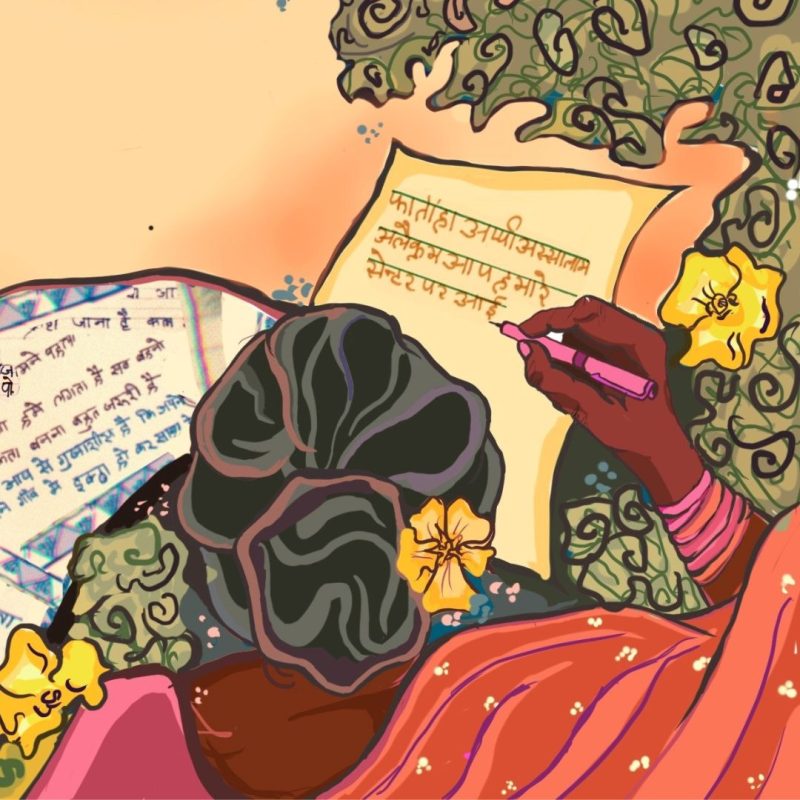A day that is ordinary? A day within the everyday? Feminists have theorised the everyday extensively. Everyday is when the doing happens. The work is done. The cooking, the editing of the draft, the googling, the waiting for the eggs to boil, legwork, emails, paying of bills, waiting with the camera as the time lapse happens, finding the letters for that one word in Rathi, having a drink with a Tharu brewer in Chitwan. All of these are the doing. The Act of Doing, the critical step before making.
